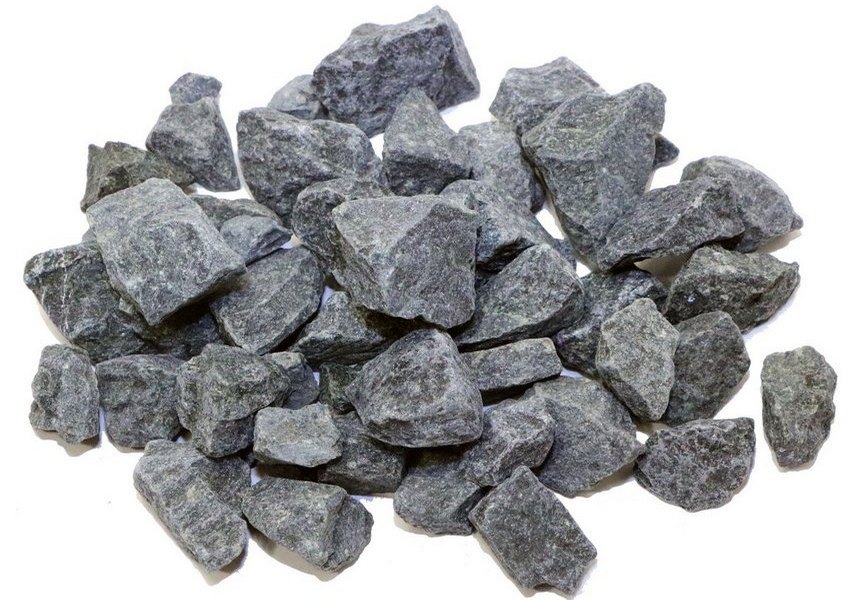In the realm of minerals, there exists a fascinating phenomenon that captivates both scientists and enthusiasts alike – the ability to glow in the dark. This captivating characteristic, known as phosphorescence, has intrigued humanity for centuries. In this blog post, we will delve into the world of phosphorescent minerals, exploring their unique properties, the science behind their glow, and their diverse applications in various industries.
- Understanding Phosphorescence:
Phosphorescence is the emission of light by a substance after it has absorbed energy from a light source. Unlike fluorescence, which is immediate and short-lived, phosphorescence involves a delayed release of energy, resulting in a sustained glow. This mesmerizing glow is caused by the presence of specific elements or impurities within the mineral's crystal lattice structure. - Unveiling the Phosphorescent Minerals:
2.1. Fluorite:
Fluorite, a widely known phosphorescent mineral, exhibits a remarkable glow when exposed to ultraviolet (UV) light. Its vibrant fluorescence and phosphorescence properties have made it a popular choice among collectors and jewelry enthusiasts. Additionally, fluorite's luminescent properties have found applications in the field of optics and spectroscopy.
2.2. Willemite:
Willemite, another captivating phosphorescent mineral, emits a bright green glow under UV light. This unique property has led to its use in the manufacturing of glow-in-the-dark paints, coatings, and even safety signs. Willemite's phosphorescence has also found applications in the field of mineralogy, aiding in the identification and classification of minerals.
2.3. Hackmanite:
Hackmanite, a variety of the mineral sodalite, possesses an extraordinary property known as tenebrescence. When exposed to UV light, hackmanite initially exhibits a pale pink glow, which gradually transforms into a vibrant violet-blue hue. This reversible color change makes hackmanite a sought-after gemstone and has piqued the interest of researchers studying photochromic materials.
- The Science Behind the Glow:
The phosphorescent glow of minerals can be attributed to the presence of activator ions and defects within their crystal structures. These impurities absorb energy from external sources, such as UV light, and store it in the form of excited electrons. As these electrons return to their ground state, they release energy in the form of visible light, resulting in the mesmerizing glow. - Applications in Various Industries:
4.1. Lighting and Illumination:
Phosphorescent minerals have found applications in the lighting industry, particularly in the development of long-lasting glow-in-the-dark materials. These materials are utilized in emergency signage, exit signs, and even novelty items like glow-in-the-dark toys.
4.2. Security and Anti-Counterfeiting Measures:
The unique glow of phosphorescent minerals can be harnessed for security purposes. Incorporating phosphorescent pigments into banknotes, passports, and official documents can enhance their authenticity and deter counterfeiting attempts.
4.3. Environmental Monitoring:
Phosphorescent minerals, when combined with specific chemical indicators, can be used in environmental monitoring. By detecting changes in light emission, these minerals can help identify pollutants, monitor air quality, and assess the impact of human activities on ecosystems.
Conclusion:
The world of phosphorescent minerals is a captivating realm, where nature's luminescent wonders never cease to amaze. From the vibrant fluorescence of fluorite to the reversible tenebrescence of hackmanite, these minerals offer a glimpse into the fascinating interplay between light and matter. As we continue to unravel the mysteries of phosphorescence, their applications in various industries are bound to expand, illuminating our lives in ways we never thought possible.




More Stories
Why A283 Carbon Steel Coil Is the Preferred Choice for Structural and Fabrication Projects
How Does an Electric Fast Charger Work? Demystifying the Technology
What Are Stacked Cores and How Do They Improve Efficiency?